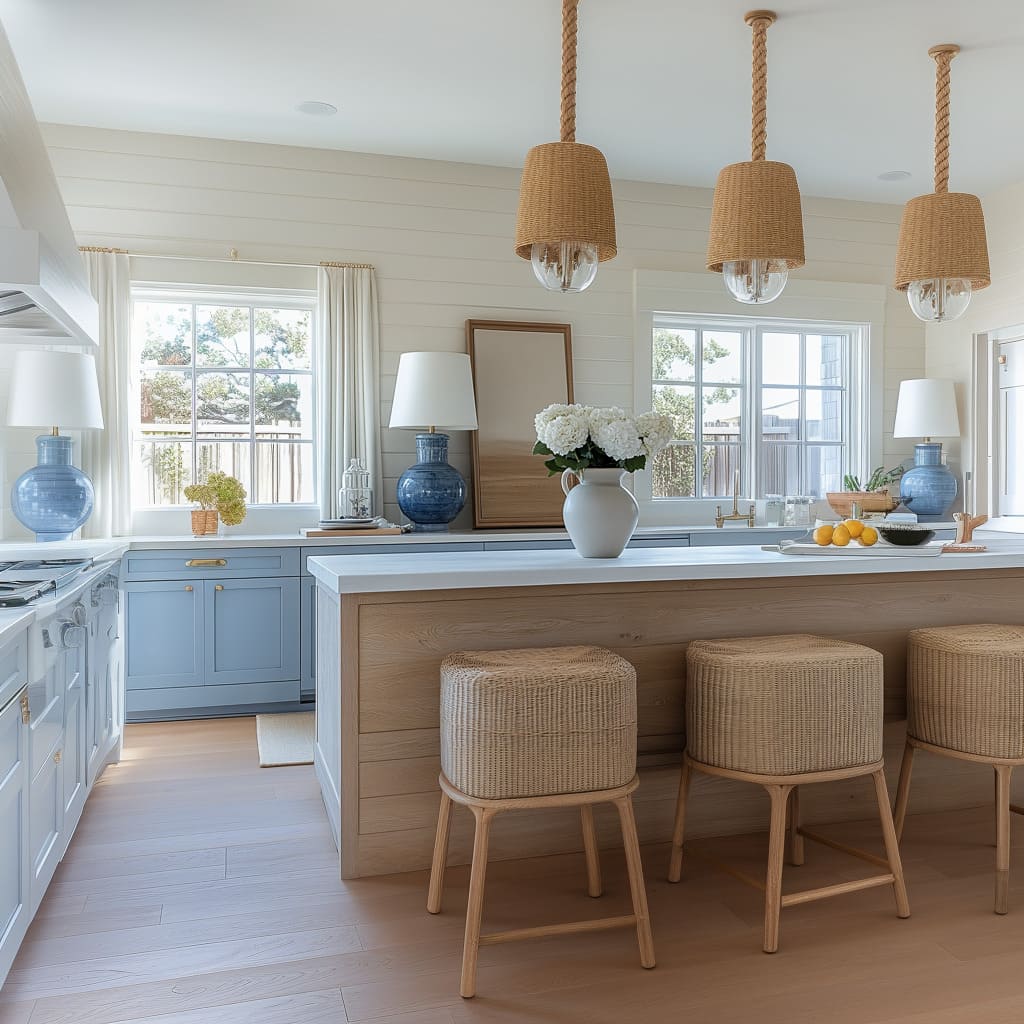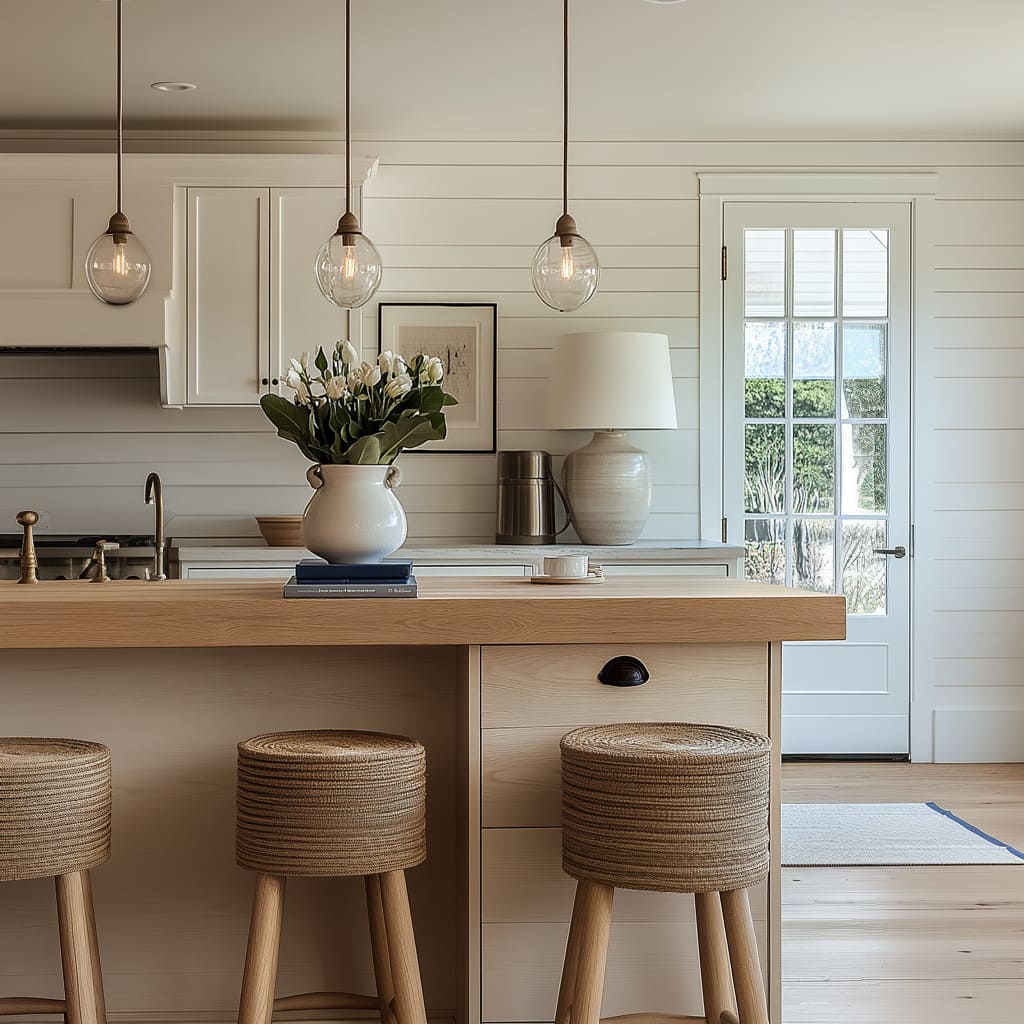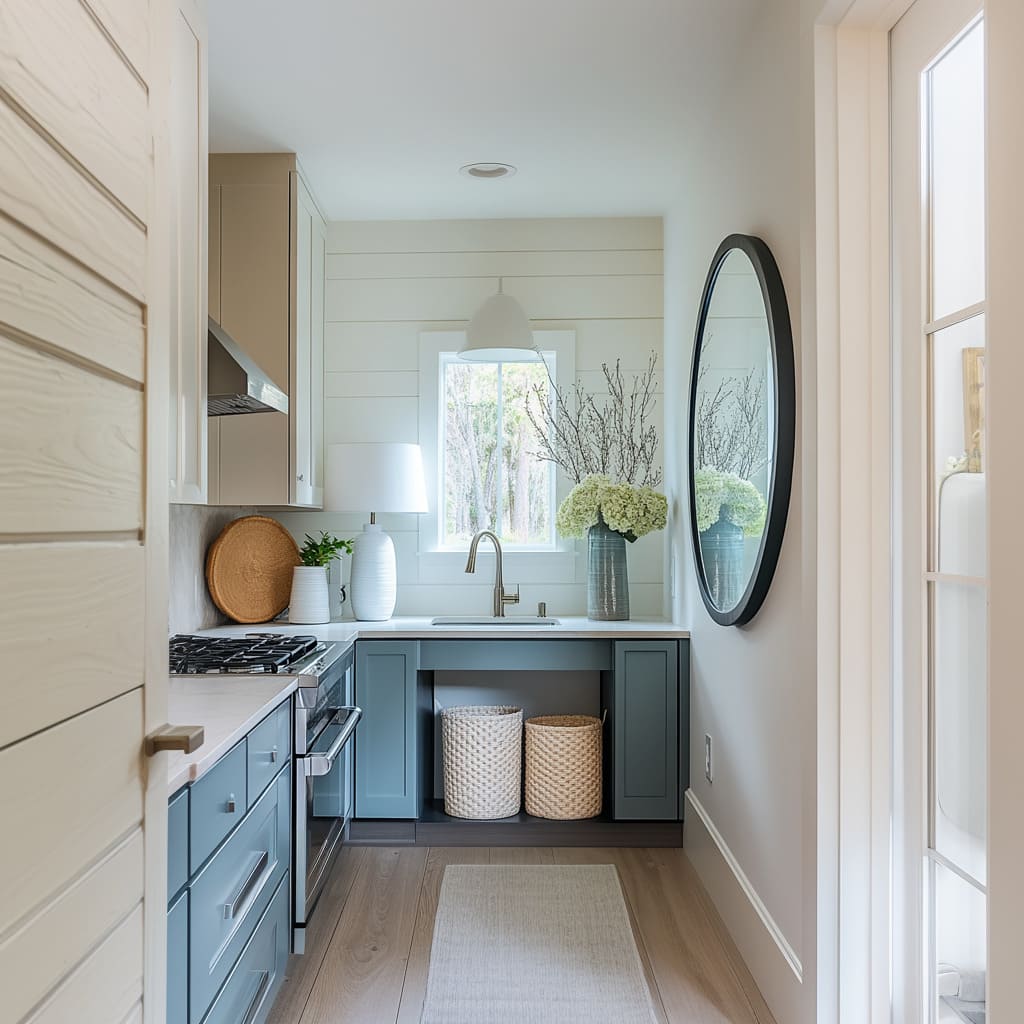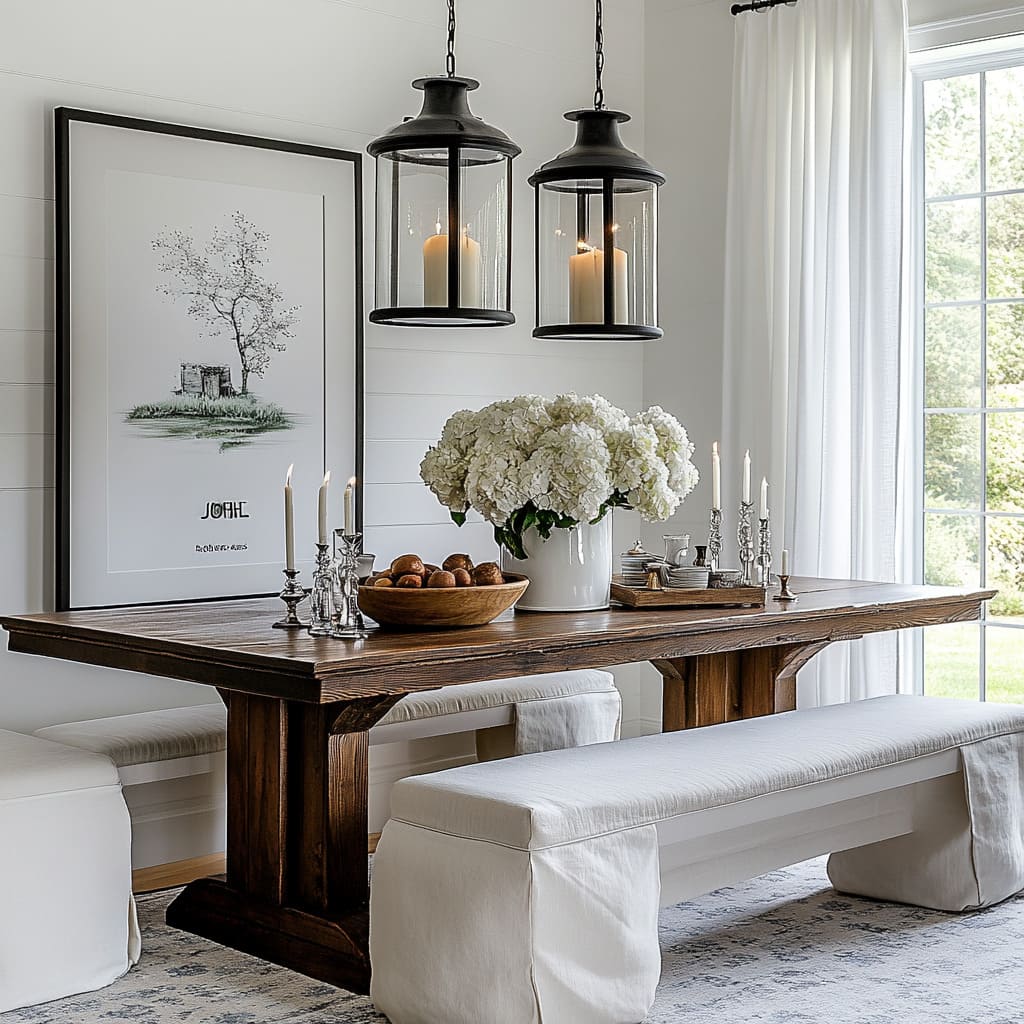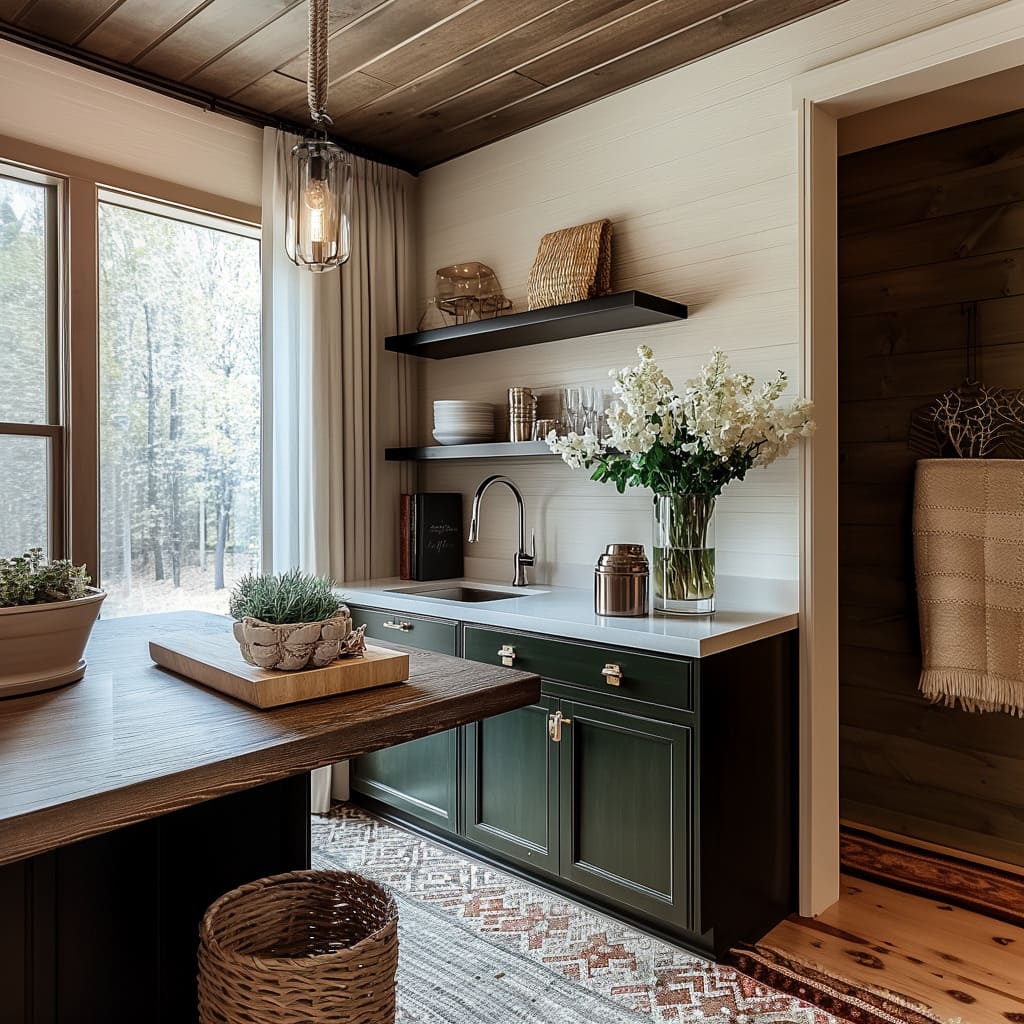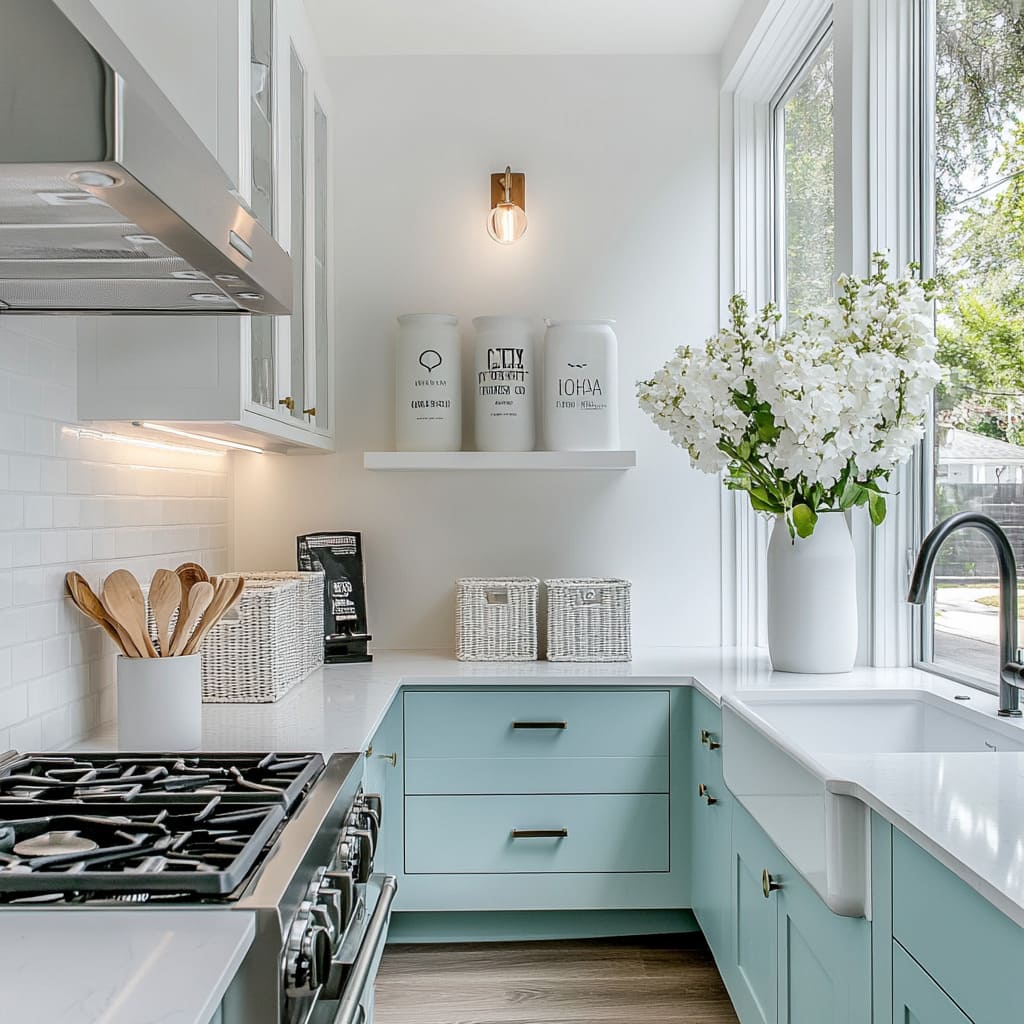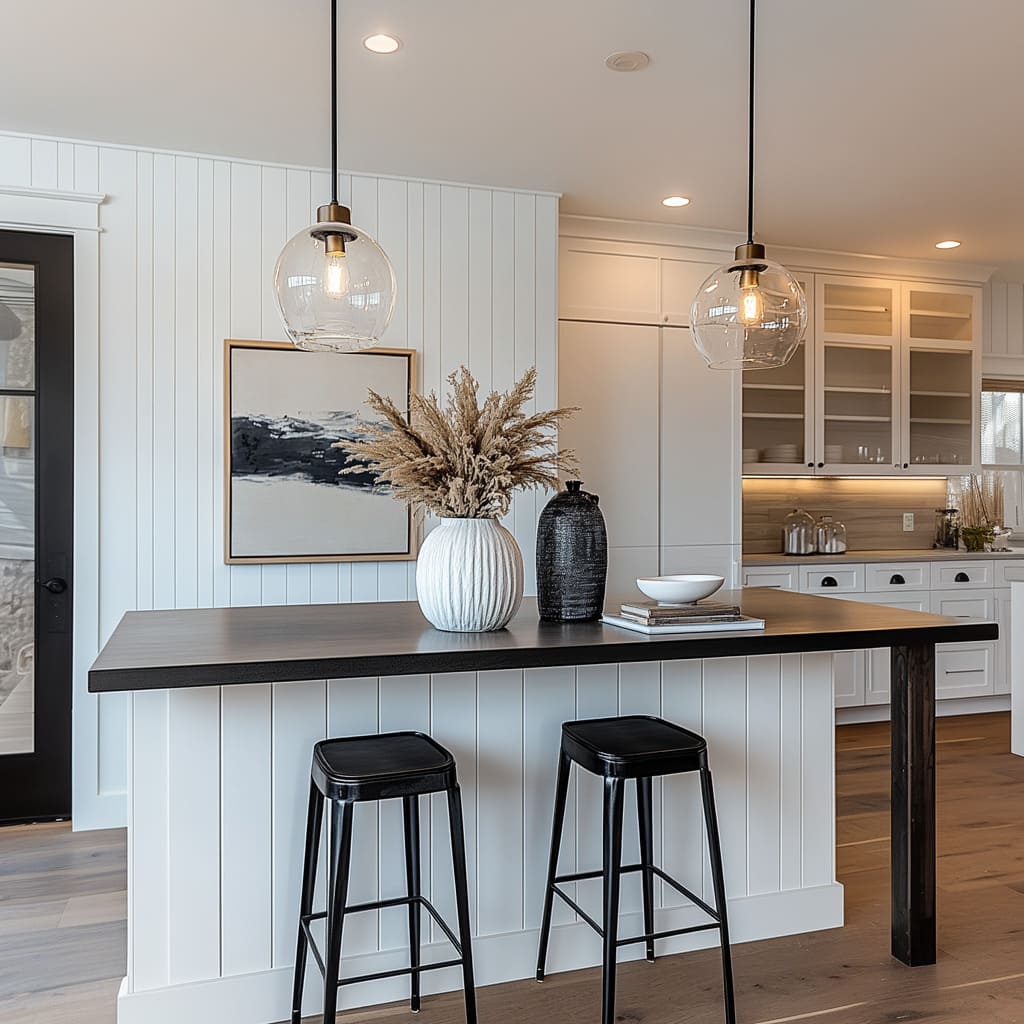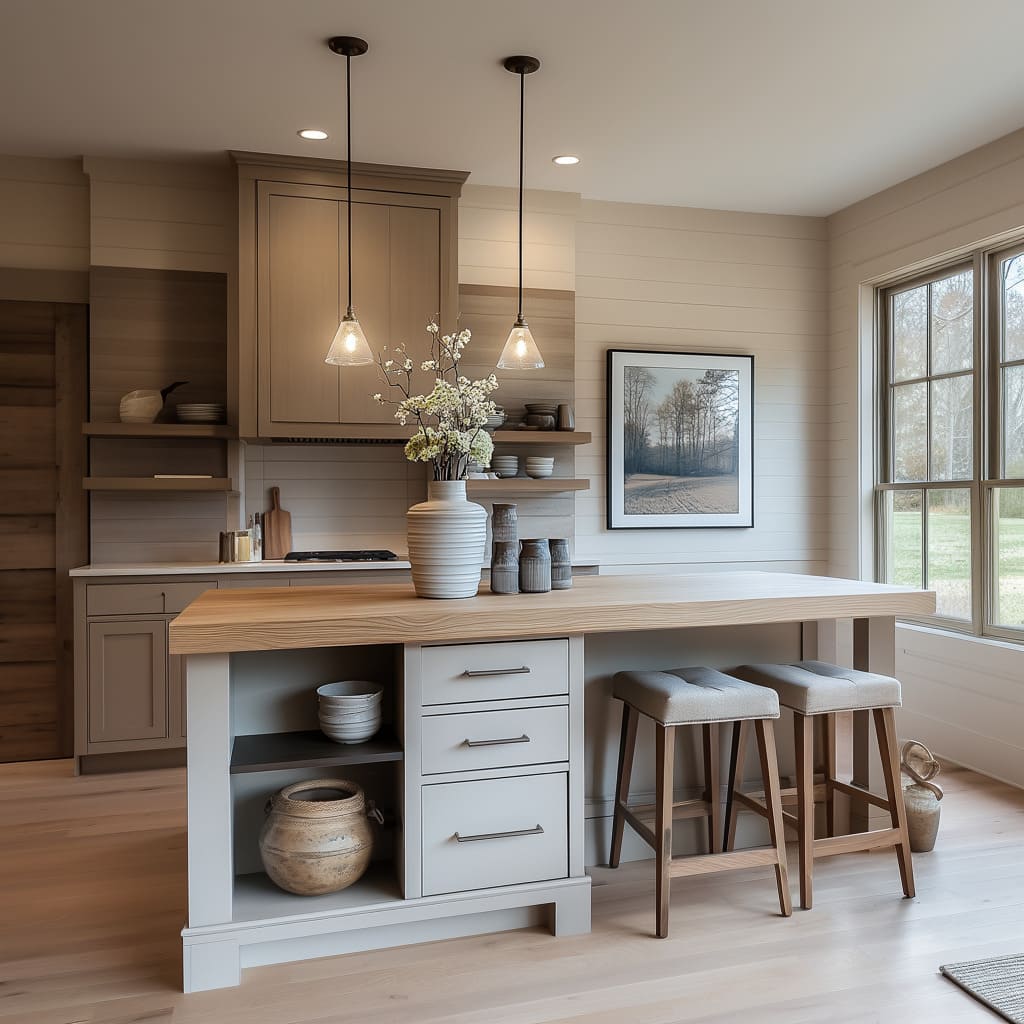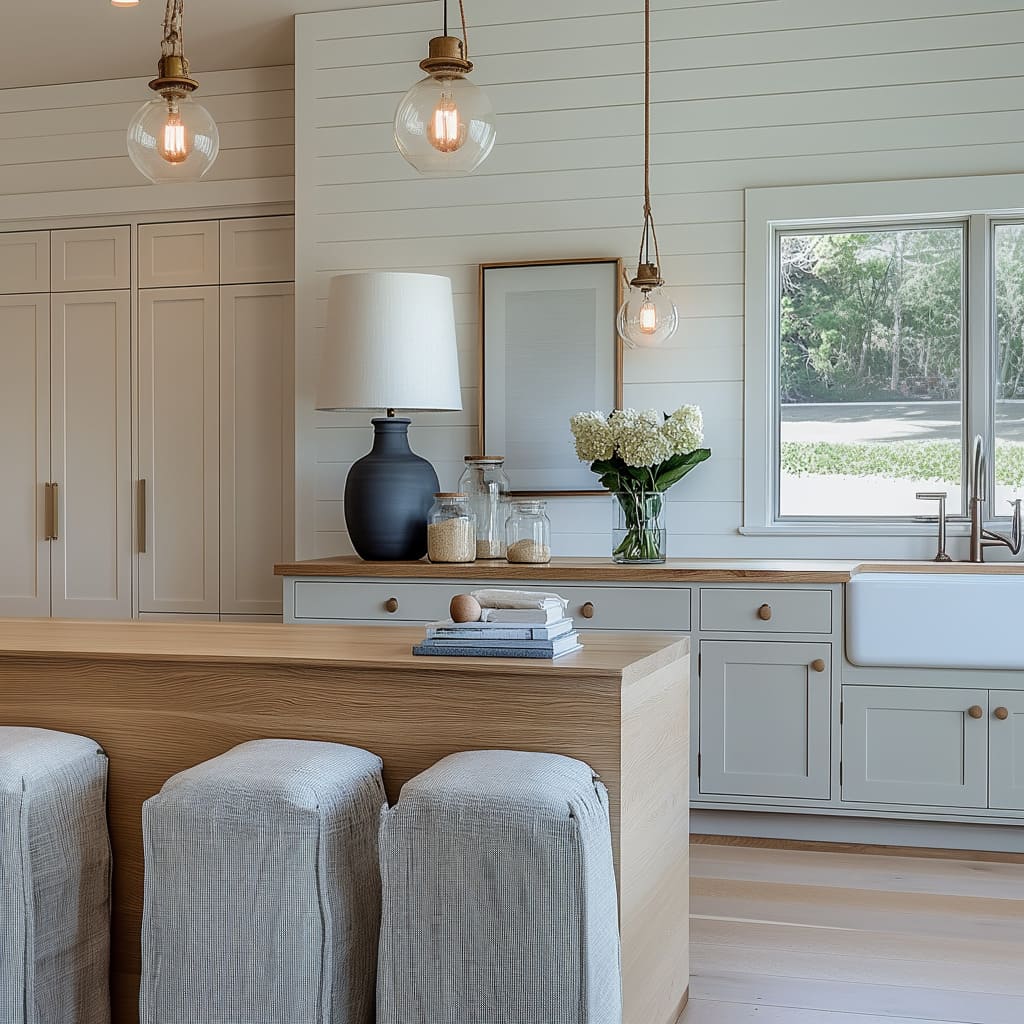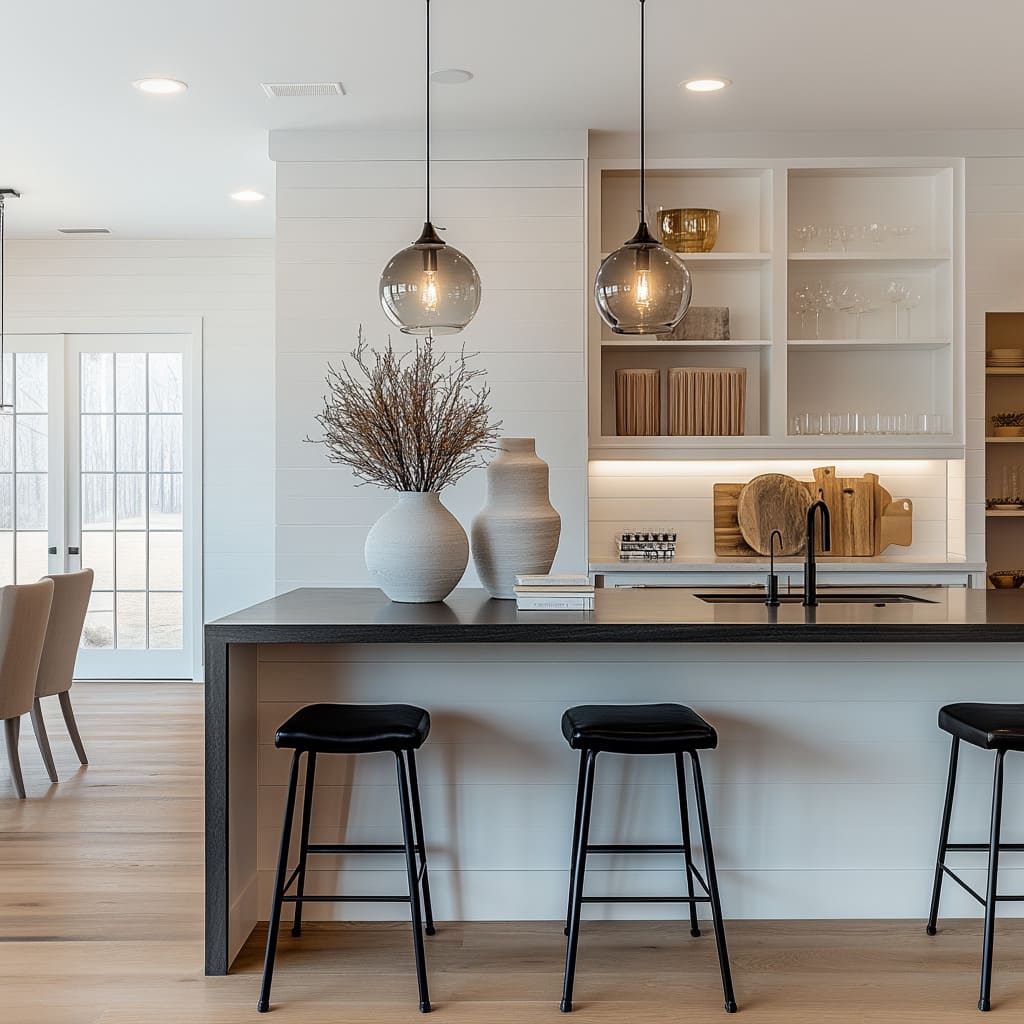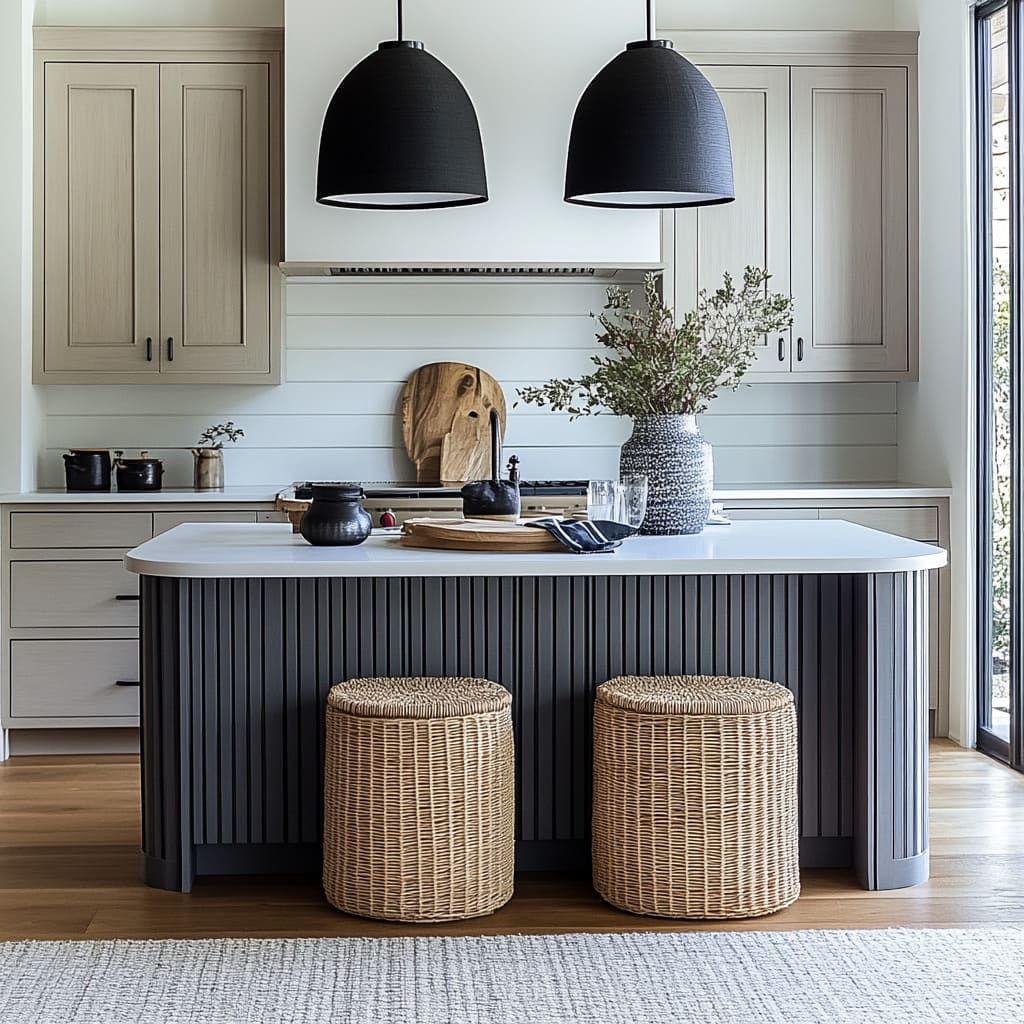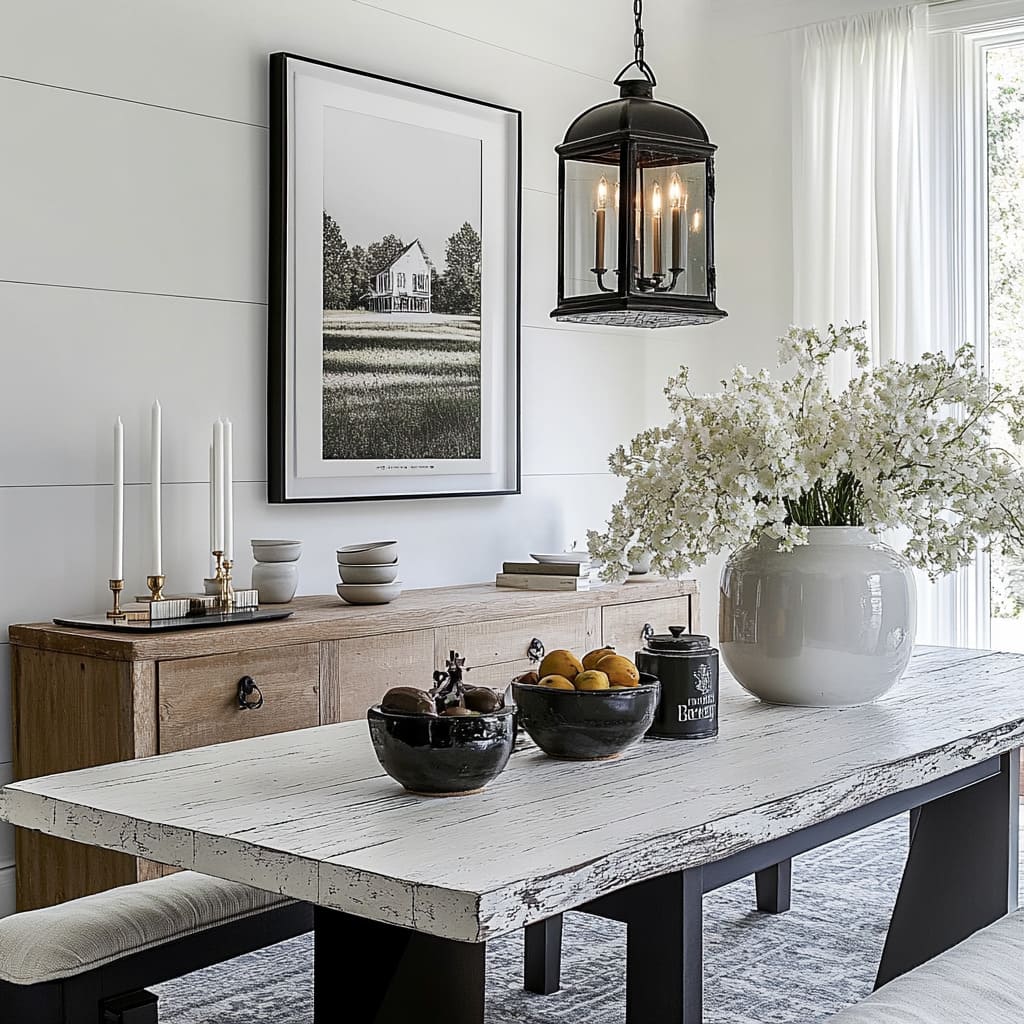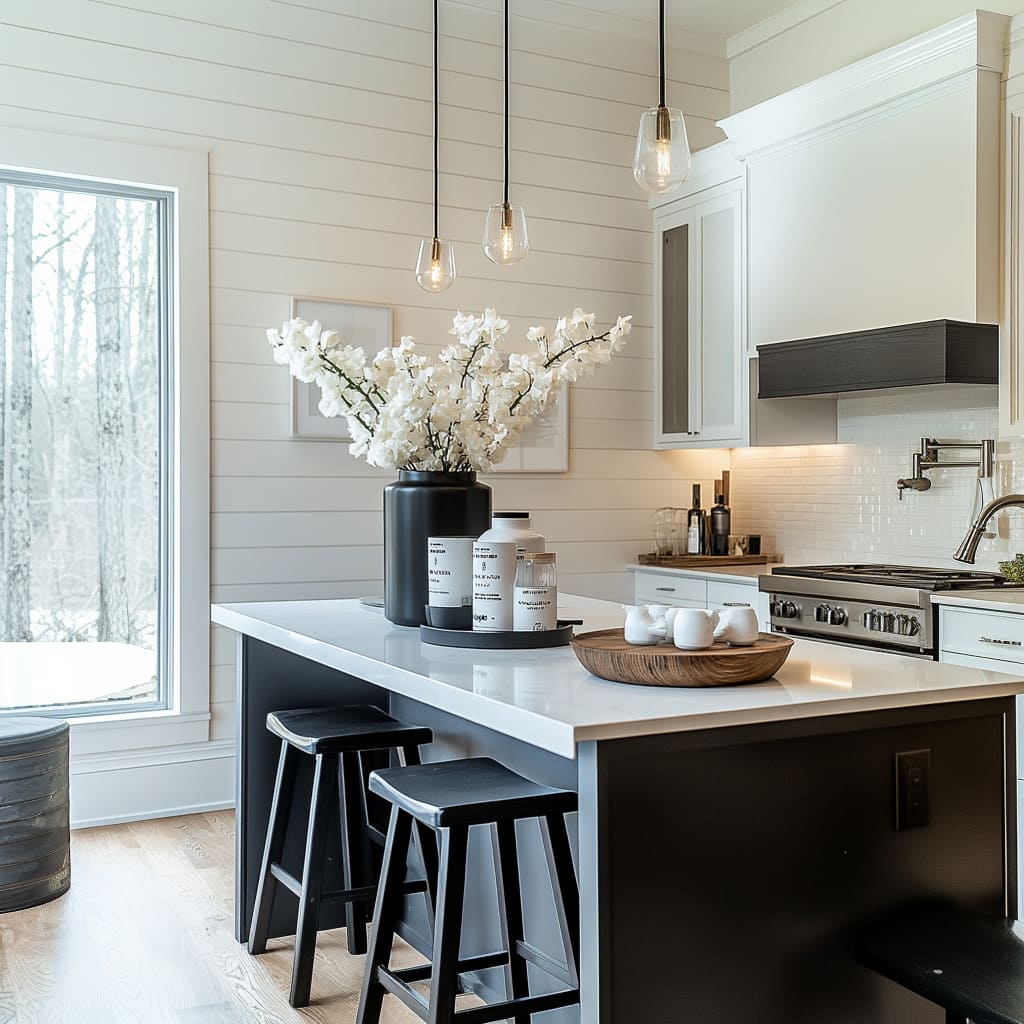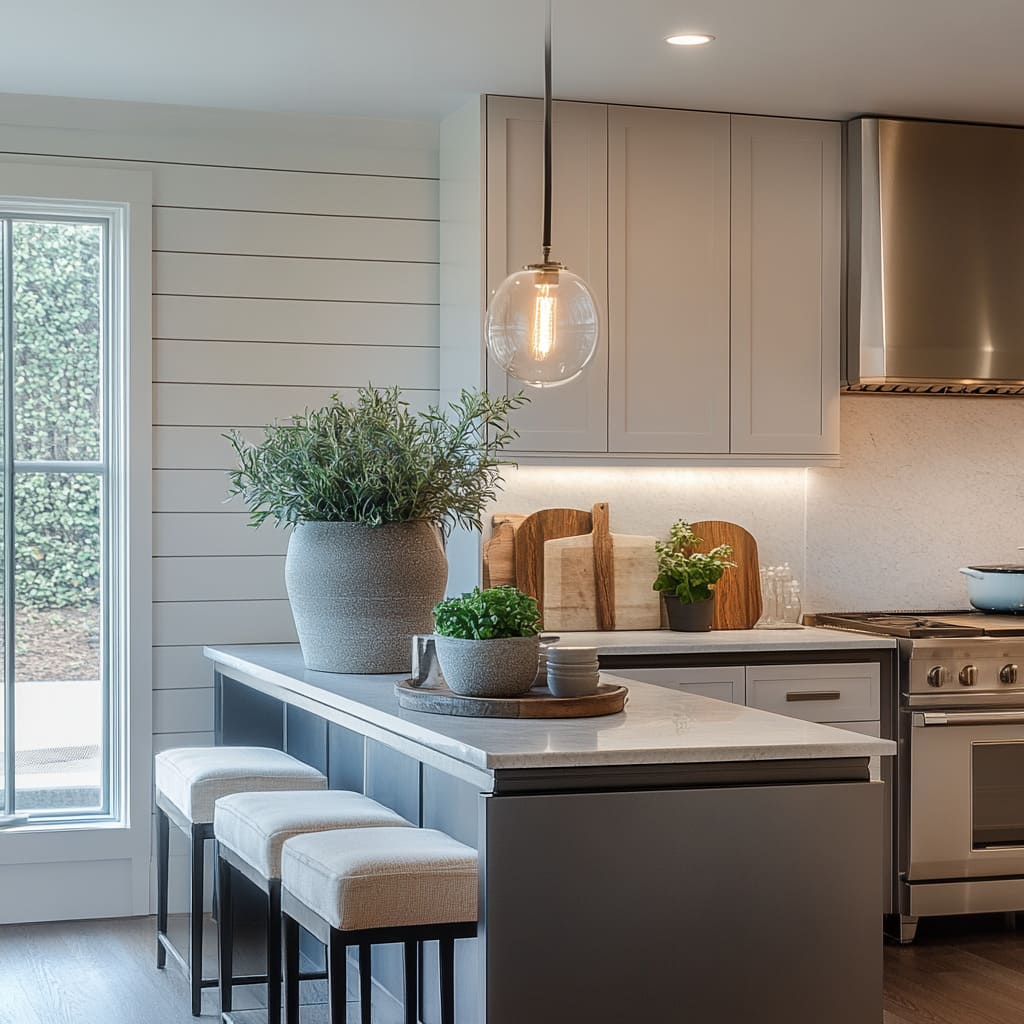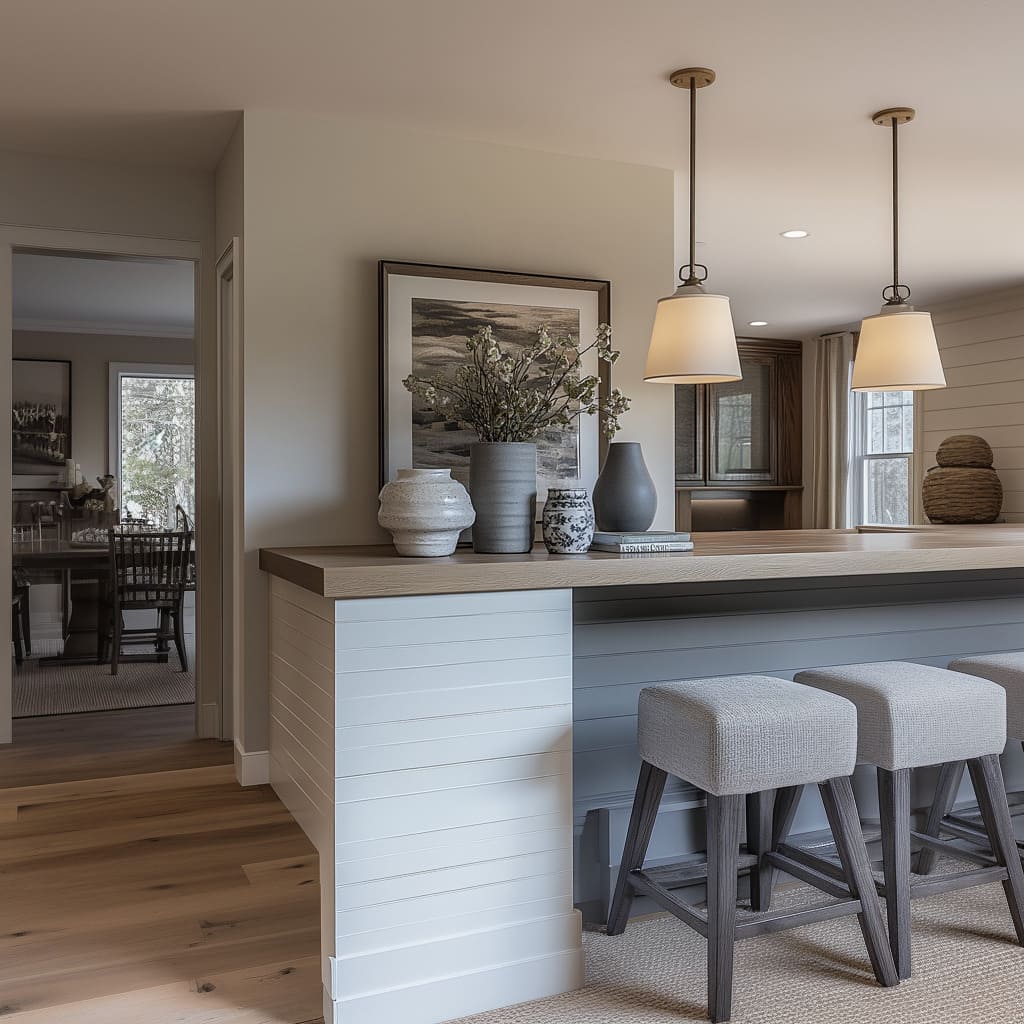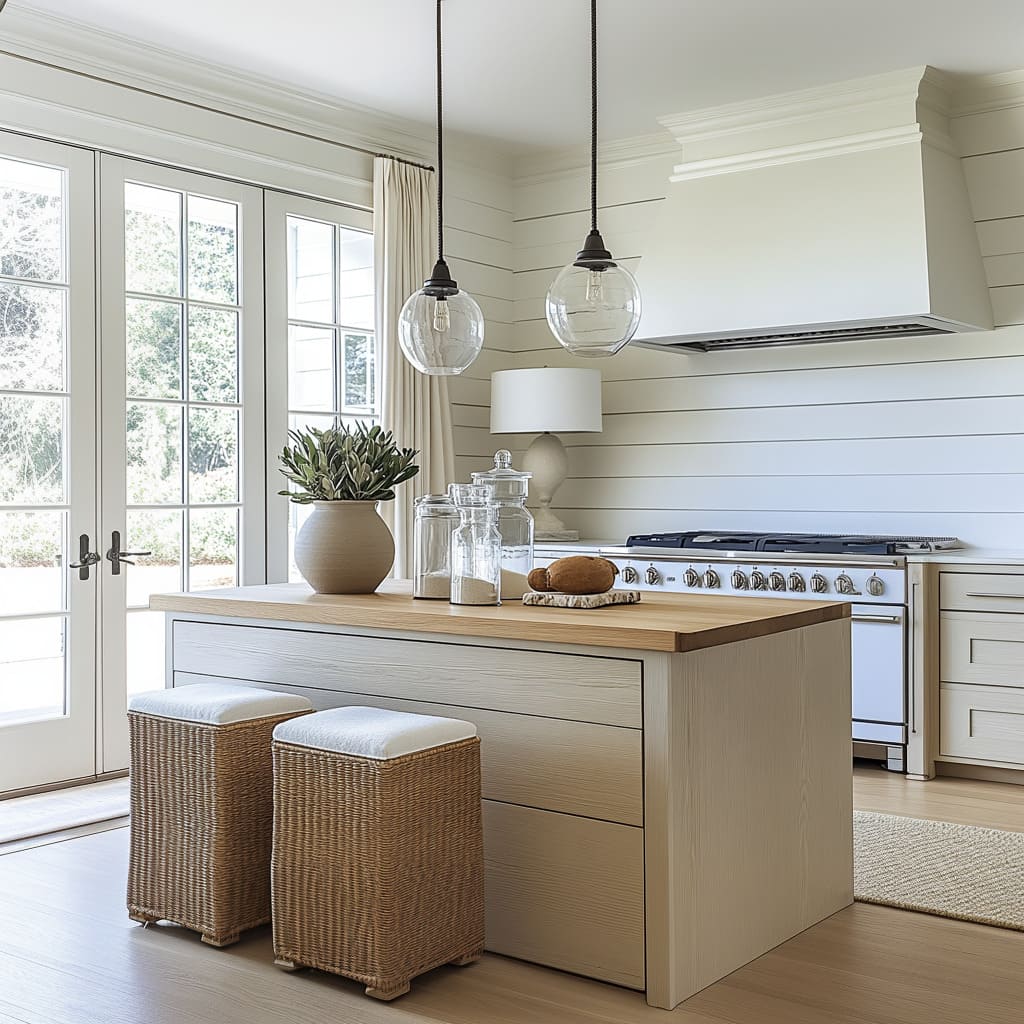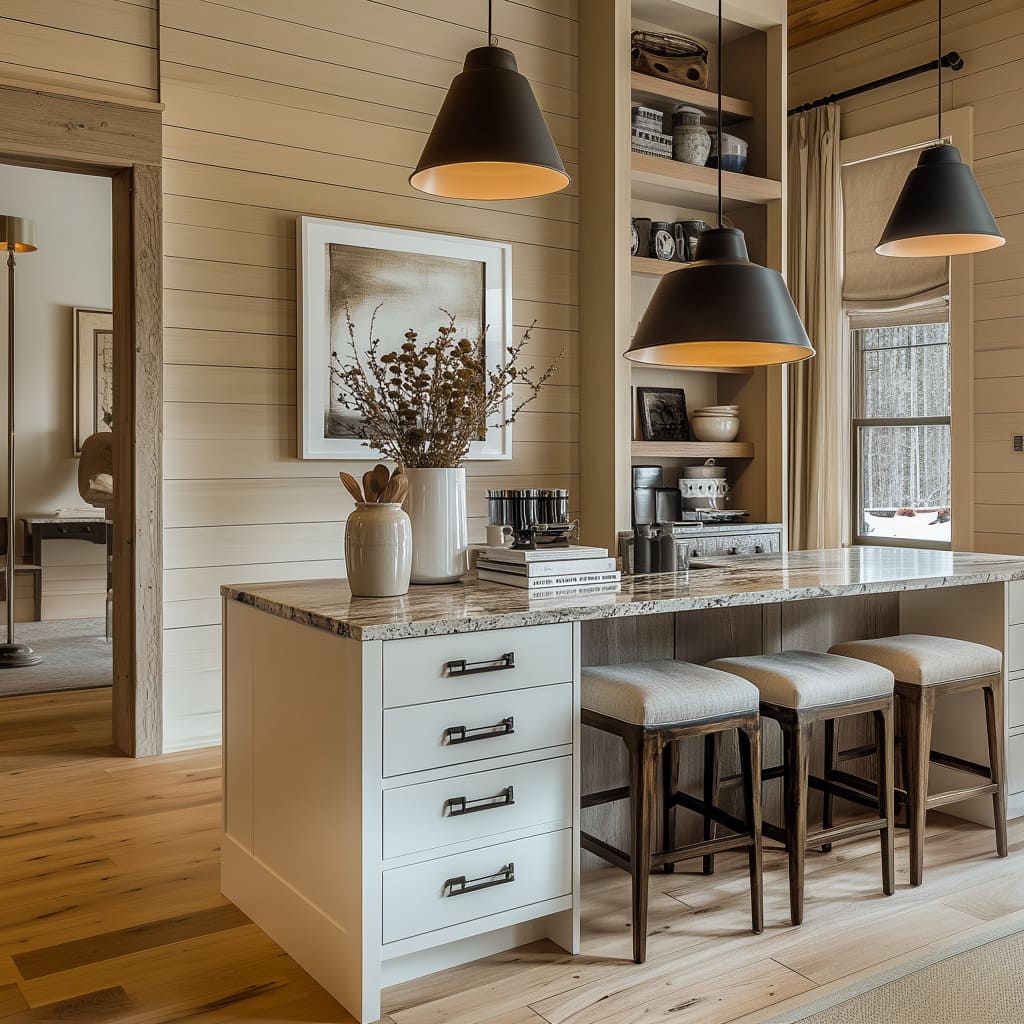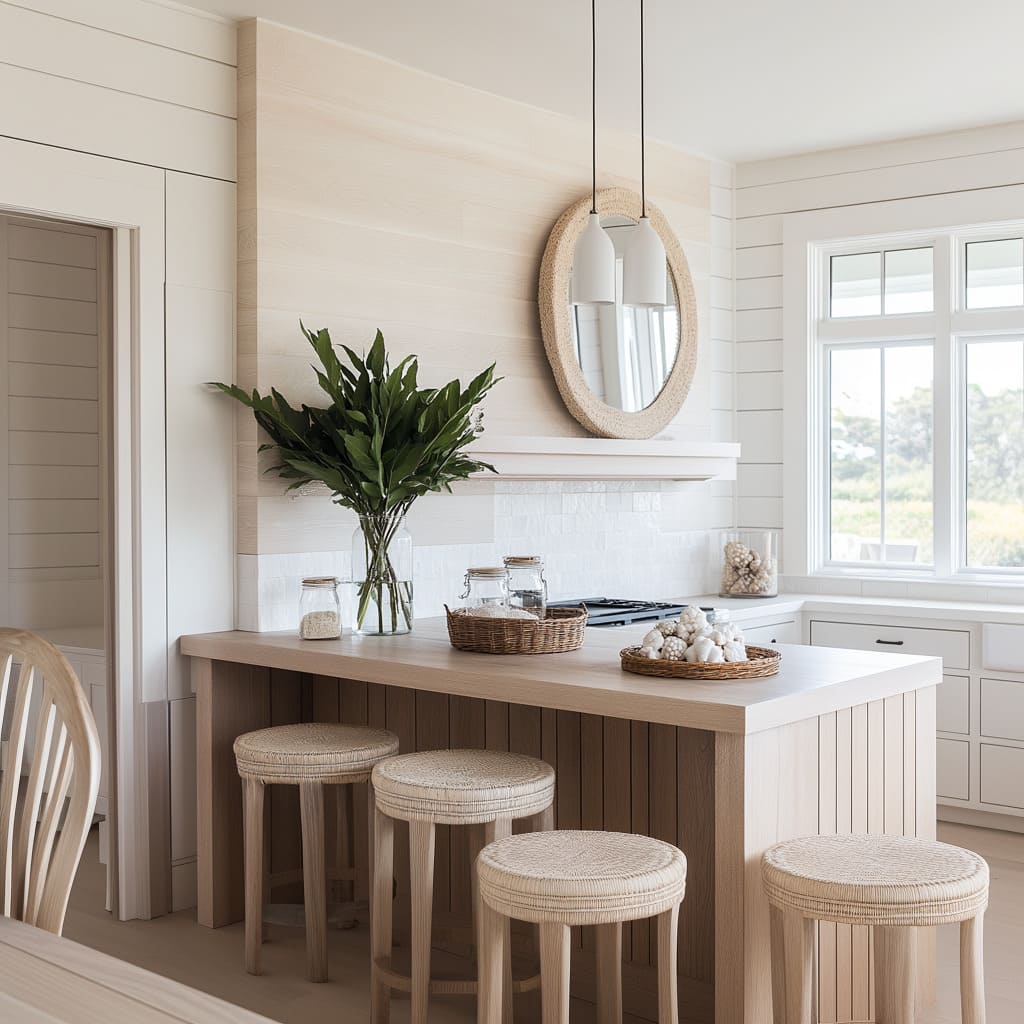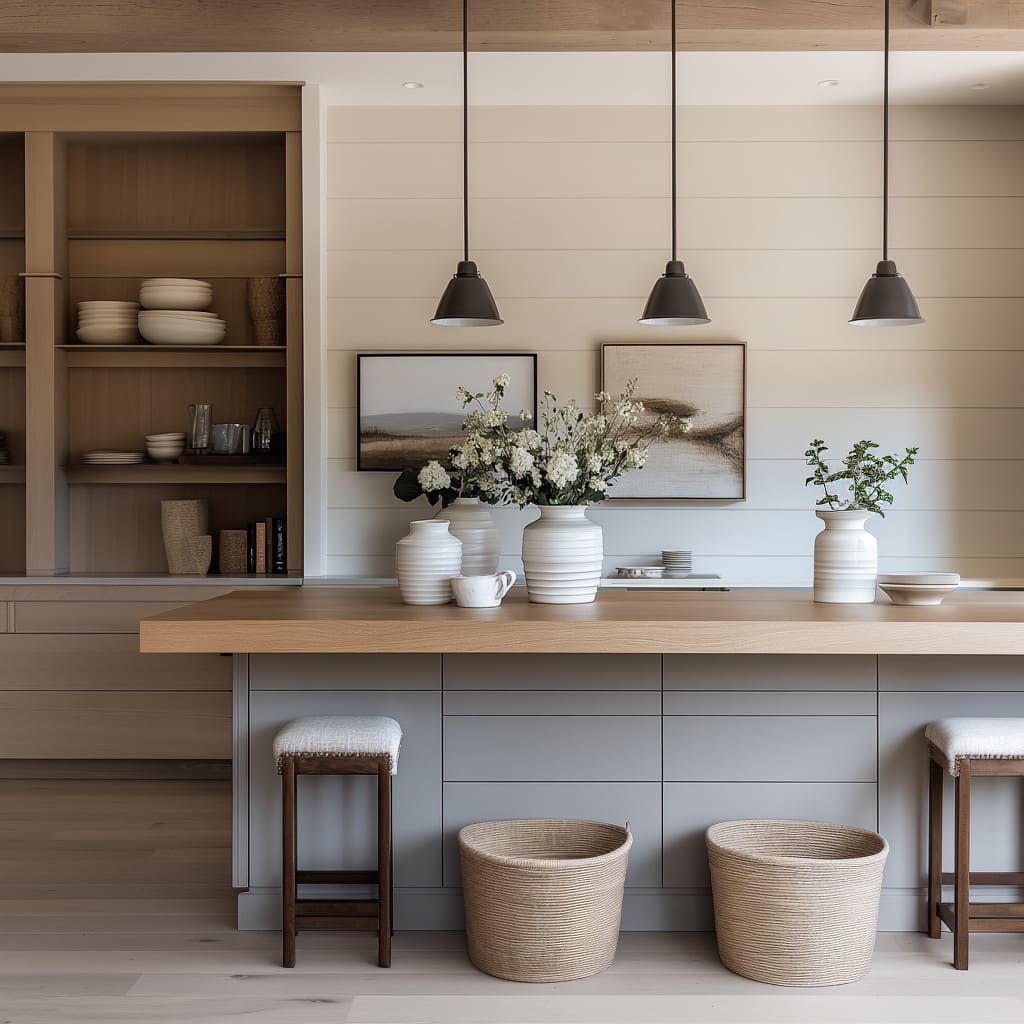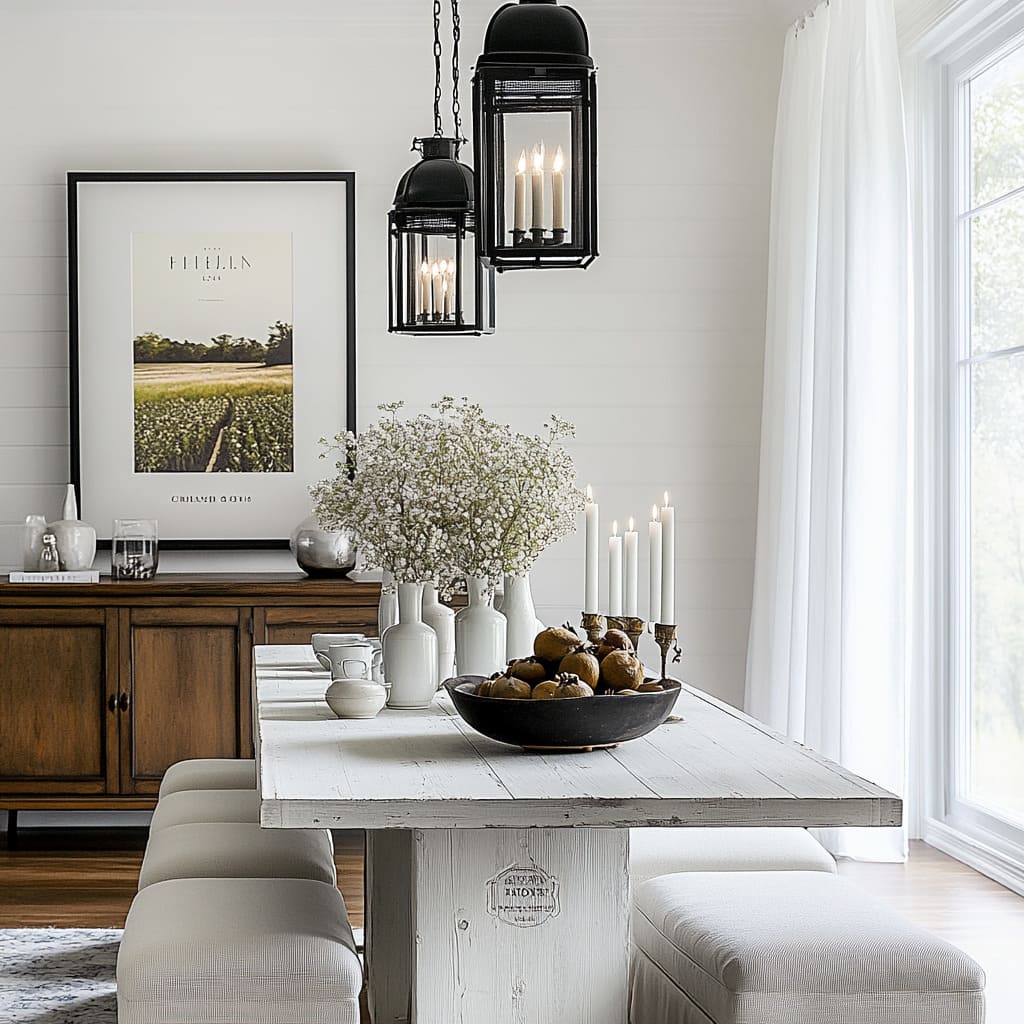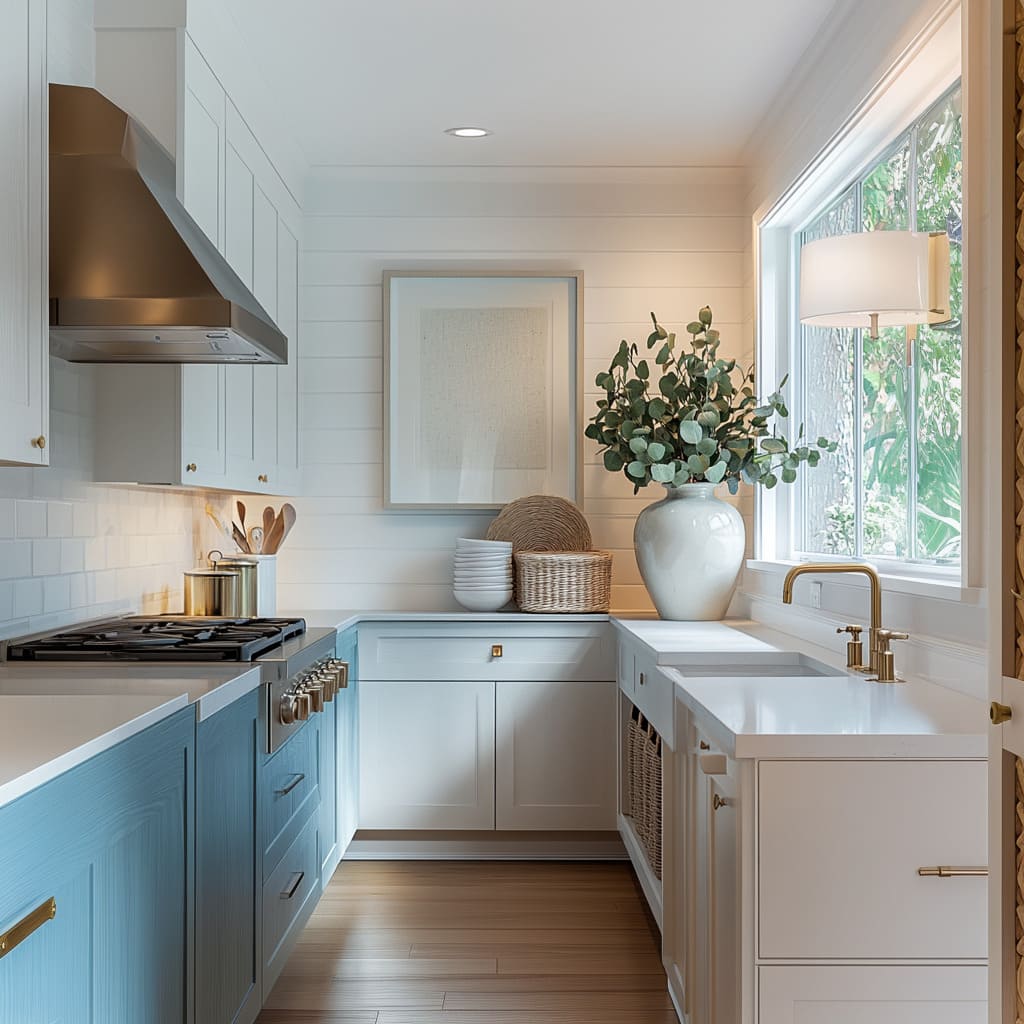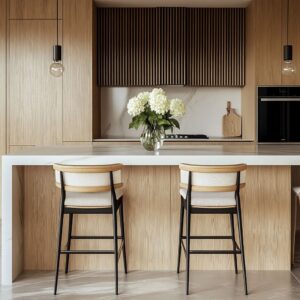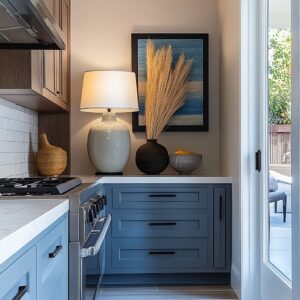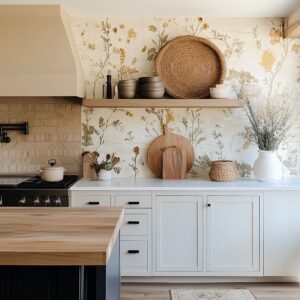Shiplap walls have long been a beloved choice in kitchen design, offering timeless charm and versatility that complements a variety of styles. But what makes these kitchens stand out from the rest?
This article dives into the world of kitchens with shiplap walls, uncovering clever design strategies and creative approaches that transform these spaces into stunning and functional works of art.
From clever use of colors and materials to incorporating thoughtful contrasts and textures, we’ll explore how designers craft kitchens that feel both welcoming and stylish. Whether you’re inspired by the farmhouse kitchens of the countryside, the minimalist aesthetic often seen in Scandinavian homes, or modern twists on classic layouts, this article will guide you through ideas that can bring warmth and personality to your own space.
Through practical insights and carefully curated examples, you’ll see how small details and bold statements combine to create kitchens that aren’t just places to cook—they’re spaces that truly feel like home. Let’s uncover the creative principles that make these designs not only functional but unforgettable.
The Role of Shiplap Walls as a Design Backbone
Shiplap walls serve as more than just a stylistic feature; they are a foundational element that ties together the entire aesthetic. Here are key insights:.
- Texture as a Base: Shiplap adds subtle depth and texture to otherwise flat wall surfaces. The grooves provide a rhythm that interacts with lighting to cast shadows, making the walls more dynamic.
- Neutral Backdrop: Painted in light tones (white, off-white, beige), shiplap walls act as a neutral canvas for highlighting other design elements, such as furniture, cabinetry, and decor.
- Visual Expansion: Horizontal shiplap patterns create a sense of width, while vertical shiplap elongates walls, making the space appear taller.
Design Advice:
- Use contrasting finishes (e.g., matte shiplap with polished countertops) to balance texture.
- Highlight the natural lines of shiplap by aligning cabinetry seams, shelving, or decor in parallel patterns.
Variative Color Schemes and Their Roles
Color is a key component in elevating a shiplap kitchen. The designs showcase how different palettes are used to evoke specific moods and create balance:.
- Neutral Foundations: Light, airy tones (white, soft beige, light gray) are predominant, emphasizing cleanliness and simplicity.
- Bold Accents: Complementary colors such as black, dark gray, or navy are applied to islands, stools, and pendant lights to create striking focal points.
- Natural Tones: Warm wood finishes in countertops, open shelving, or decor soften the neutral palette, introducing coziness and balance.
Practical Guidelines:
- Ensure the wall color contrasts subtly or strongly with cabinetry to create definition.
- Use muted complementary colors for cohesion while allowing a few bold accents to ground the design.
Integration of Functional and Decorative Storage
Storage elements in these kitchens are designed to blend seamlessly into the aesthetic while enhancing utility:.
- Cabinetry: Flat-panel and shaker-style cabinets painted to match or complement shiplap walls ensure consistency. Brass or black handles add subtle visual interest.
- Open Shelving: Exposed shelves offer opportunities to display curated items like ceramics, jars, and books, merging decor with function.
- Hidden Storage: Incorporating concealed storage (e.g., beneath islands) ensures clutter-free countertops, maintaining a clean look.
Design Tip:
- Layer open shelves with both functional and aesthetic elements to avoid visual clutter. Use decorative containers or baskets that echo the natural tones of the space.
Lighting as a Key Design Element
Lighting plays a pivotal role in enhancing shiplap walls and overall design:.
- Pendants and Chandeliers: Pendant lights with glass shades, matte finishes, or industrial accents highlight the island and introduce modern or vintage elements.
- Recessed Lighting: Embedded ceiling lights ensure even illumination, allowing the texture of the shiplap to stand out.
- Warm Light Sources: Edison bulbs or warm-toned LEDs are used to cast cozy hues, enhancing wood tones and natural textures.
Practical Rule:
- Hang pendant lights 30-36 inches above the countertop for optimal lighting and symmetry.
- Use lighting to emphasize contrasts in texture, such as shiplap grooves or polished surfaces.
Emphasis on Organic and Natural Elements
A recurring theme is the inclusion of natural materials and organic shapes to soften the rigid lines of shiplap walls:.
- Wood: From countertops to decorative trays, wood tones introduce warmth and prevent the space from feeling too sterile.
- Greenery: Fresh flowers, potted plants, or dried stems add life and vibrancy, bridging the indoors with nature.
- Ceramics: Vases, bowls, and mugs with handmade textures provide visual contrast and elevate the farmhouse or transitional feel.
A Good Idea:
- Pair the natural texture of shiplap with woven or linen textiles (e.g., bar stool cushions) to add tactile interest.
Dynamic Use of Contrasts and Balance
The interplay of contrasts between elements ensures visual dynamism:.
- Dark and Light: Bold black or dark gray accents in lighting, stools, or cabinetry bases create striking contrasts against the light walls.
- Soft and Hard: The texture of shiplap is juxtaposed with sleek materials like polished quartz countertops, creating an engaging visual tension.
- Curves and Lines: Rounded decor items (vases, pendant lights) soften the sharp linearity of shiplap.
Composition Principle:
- Ensure a 70:30 balance of light to dark tones to maintain an inviting, open feel while allowing dramatic accents.
Combining Styles for Cohesive Design
While the base aesthetic is often farmhouse or transitional, elements of modern, rustic, and Scandinavian styles are seamlessly incorporated:.
- Farmhouse Touches: Shaker cabinets, natural wood tones, and vintage decor ground the design in tradition.
- Modern Minimalism: Clean lines, monochromatic palettes, and streamlined furniture add contemporary sophistication.
- Scandinavian Simplicity: Light wood tones, natural light, and minimal clutter evoke Scandinavian design principles.
Schema for Style Integration:
- Pair traditional shiplap walls with modern lighting fixtures for a timeless yet updated look.
- Use rustic wood alongside sleek, polished surfaces for balanced eclecticism.
8. Layering and Depth Creation
The designs show how layering textures, colors, and elements builds depth in simple spaces:.
- Backdrops and Foreground: Shiplap walls as backdrops allow islands, decor, and lighting to take center stage without competing for attention.
- Overlapping Elements: Vases, cutting boards, and framed art overlapping slightly create a sense of dynamism.
Rule:
- Maintain 3-5 layers of visual interest (e.g., wall texture, open shelving decor, lighting, and furniture) for a cohesive yet engaging look.
Practical Layout and Proportionality
Thoughtful layouts maximize both aesthetics and functionality:.
- Island-Centric Design: Islands serve as focal points, with contrasting colors or materials. They double as preparation areas, dining spaces, and design statements.
- Zoning: Separate zones (e.g., open shelving near cooking areas, decorative zones away from heavy-use areas) enhance practicality without compromising style.
Guideline:
- Use symmetry in the arrangement of decor and lighting for balance while incorporating asymmetry in natural elements to add personality.
Unifying Small and Large Decor
Attention to detail in both prominent and minor decor creates cohesiveness:.
- Small Details: Handles, lighting hardware, and small vases align with the overall palette, tying the design together.
- Large Statements: Oversized pendant lights or bold island bases anchor the design, providing focus amidst smaller elements.
Insight:
- Ensure every item, even functional ones like cutting boards, adds to the aesthetic narrative of the kitchen.
Conclusion
The beauty of kitchens with shiplap walls lies in their ability to blend simplicity with sophistication through thoughtful design principles. By leveraging texture, natural materials, and strategic contrasts, designers transform these spaces into timeless yet personalized rooms.
Key takeaways include:.
- Using shiplap walls as a textured canvas.
- Balancing neutral tones with bold, contrasting accents.
- Layering elements to add depth and dimension.
- Incorporating organic materials for warmth and softness.
- Blending styles to create versatile and cohesive designs.
